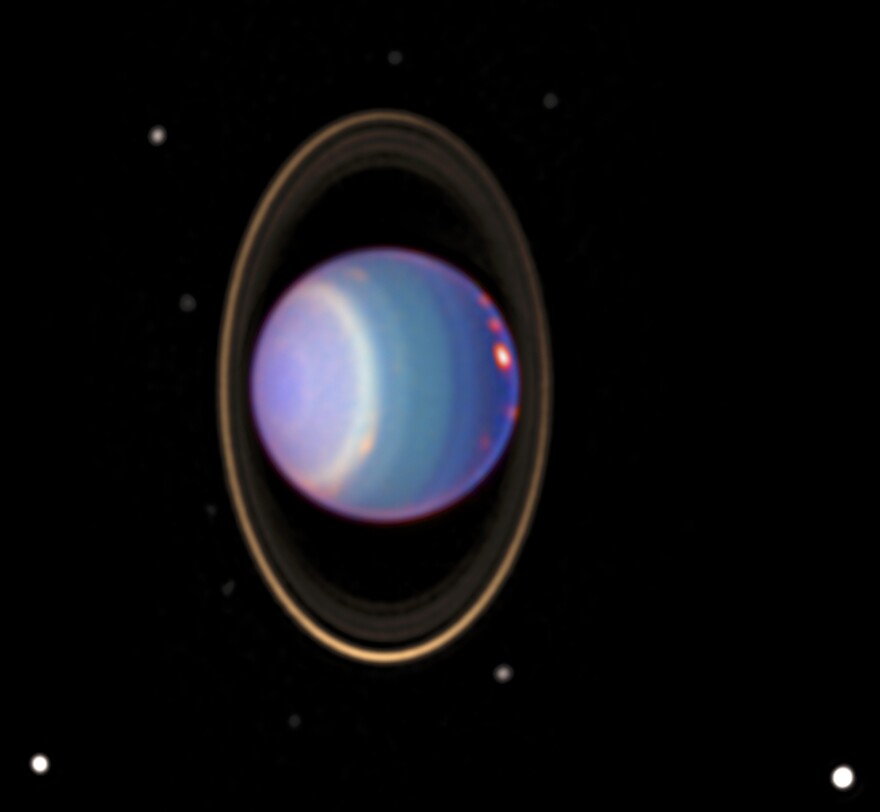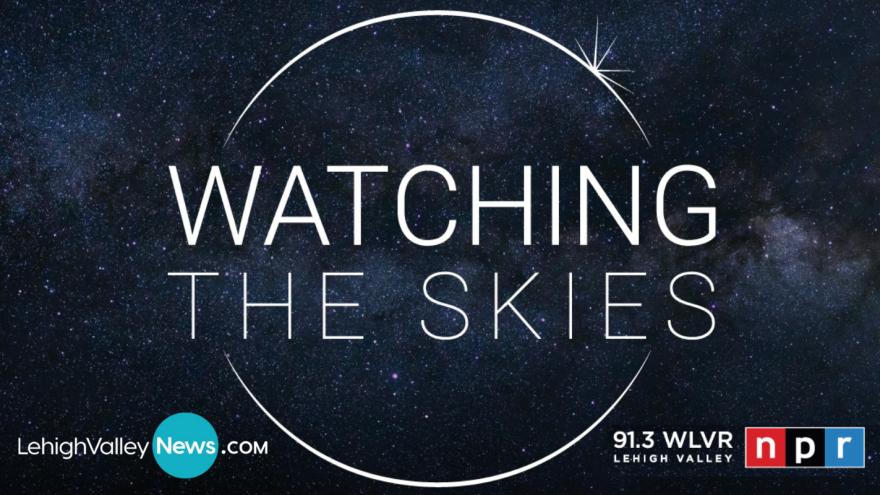BETHLEHEM, Pa. — Brad Klein reviews the week’s astronomical highlights with Bethlehem’s ‘Backyard Astronomy Guy,’ Marty McGuire.
This week a look at the ice giant, Uranus.
Uranus is theoretically visible this week in the predawn sky. The good news is that it appears close to Mars in the morning sky. The bad news is that even with a telescope, Uranus is a hard planet to see from Earth.

“Uranus is a hard planet to see because it's so far away. You’re going to have a better shot at just seeing Mars at this point, but if you had a telescope and a dark clear sky, you could in theory use Mars to find Uranus,” according to McGuire.
But even if you don’t have the equipment and technical know how to view this ‘ice giant’ directly, it’s worth learning a bit about it.
The seventh of the eight planets in our solar system, it’s the third largest after Jupiter and Saturn. It has dozens of natural satellites orbiting it, along with a ring system that is faint, but visible through NASA’s space telescopes and robotic space probes like Voyager 2.



